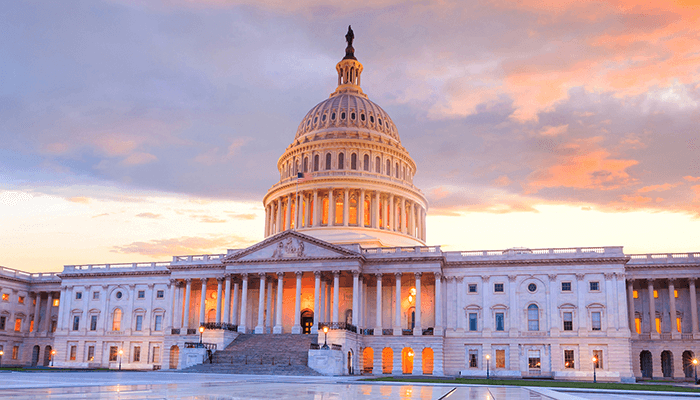Further SALT Relief Would Be a Mistake
The House reconciliation bill extends the cap on the state and local tax (SALT) deduction, raising it to $30,000 for taxpayers making less than $400,000 per year and phasing it down to $10,000 above that. Despite this increase, members of the so-called “SALT caucus” have demanded that the cap be raised to $62,000 for single filers and $124,000 for married filers. Doing so would total just as much as all the major new tax cuts in the House bill combined, and 60 percent of benefits would accrue to high-income Americans.
Using data from the Tax Policy Center, we estimate that a SALT cap of $62,000/$124,000 would reduce revenue by roughly $900 billion from 2025-2034, relative to the baseline revenue loss of extending the Tax Cuts and Jobs Act (TCJA). According to the Joint Committee on Taxation, new tax cuts for tips, overtime, auto loan interest, the enhanced deduction for seniors, and the new “MAGA accounts” would total $310 billion as written in the bill. We estimate that these provisions would total $890 billion if made permanent, which is still less than expanding the SALT cap to the proposed level.

In addition, we project that the overwhelming winner of this proposal would be high-income Americans. About 60 percent of the benefits of expanding the SALT cap would go to taxpayers making more than $500,000 per year. Households making less than $200,000 would only take home 8 percent of the benefits of this proposal.

Limiting the SALT cap to a low level and including an upper-income limit would limit revenue loss and maintain progressivity. Lawmakers have many options to limit the deficit increases from raising the SALT cap.


